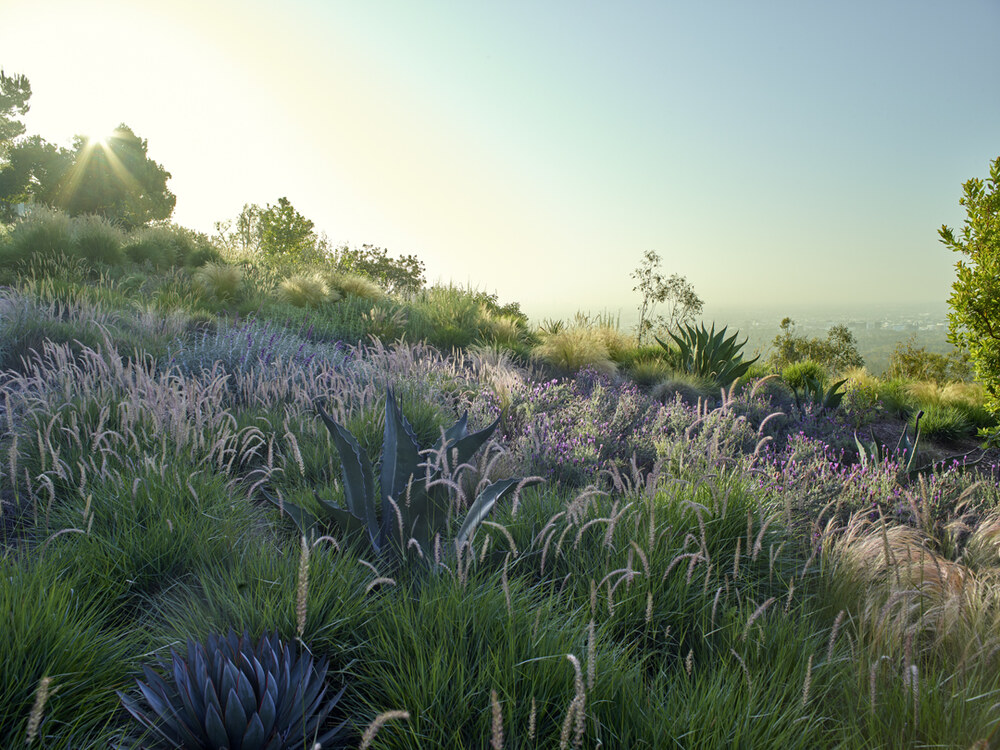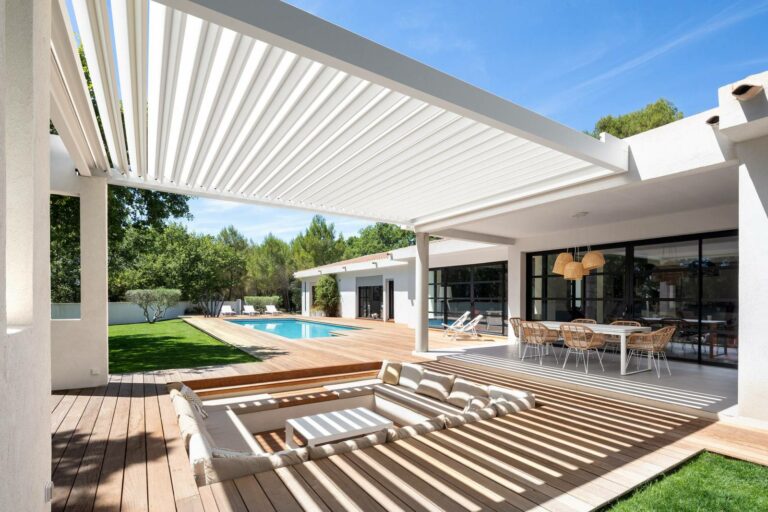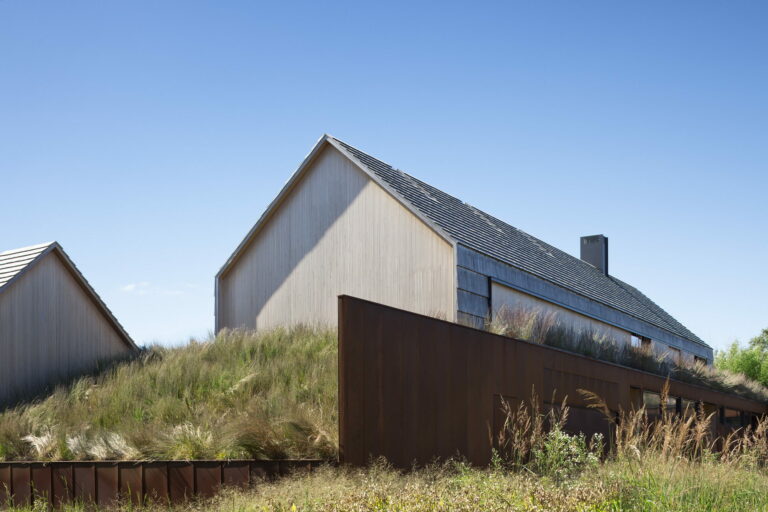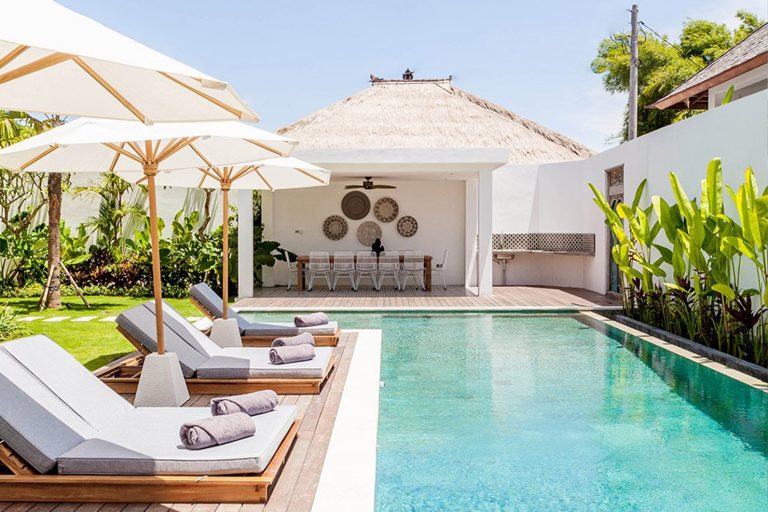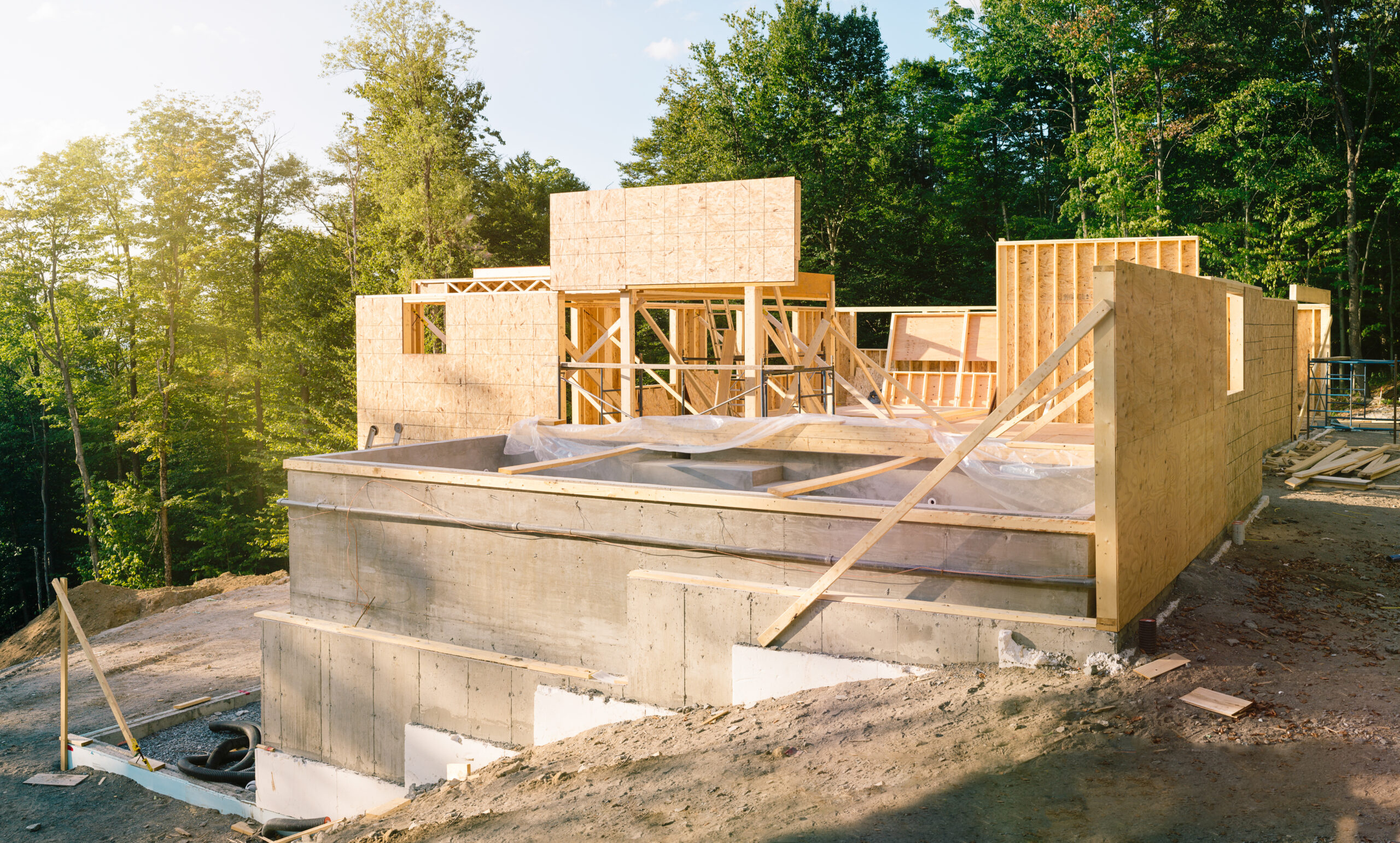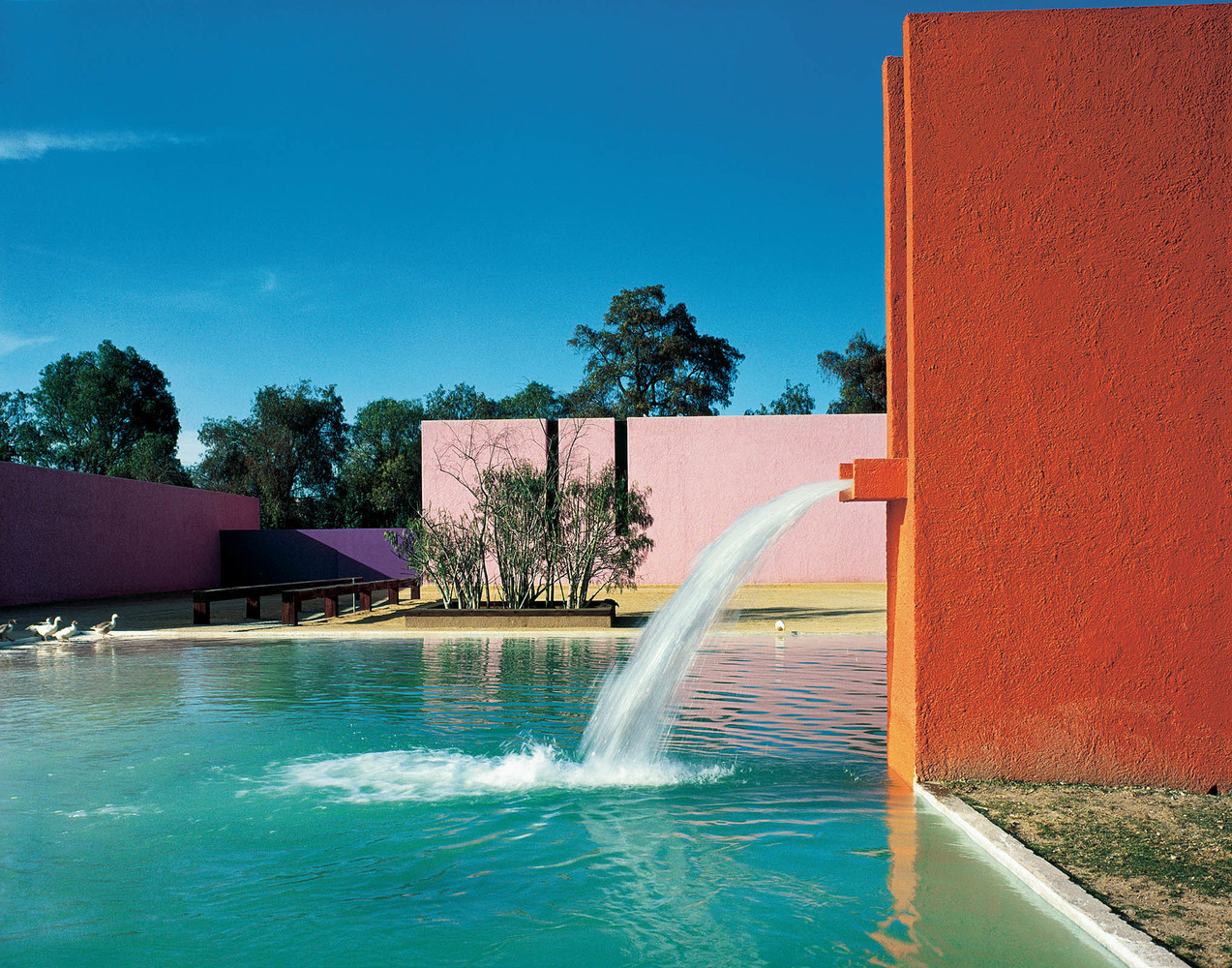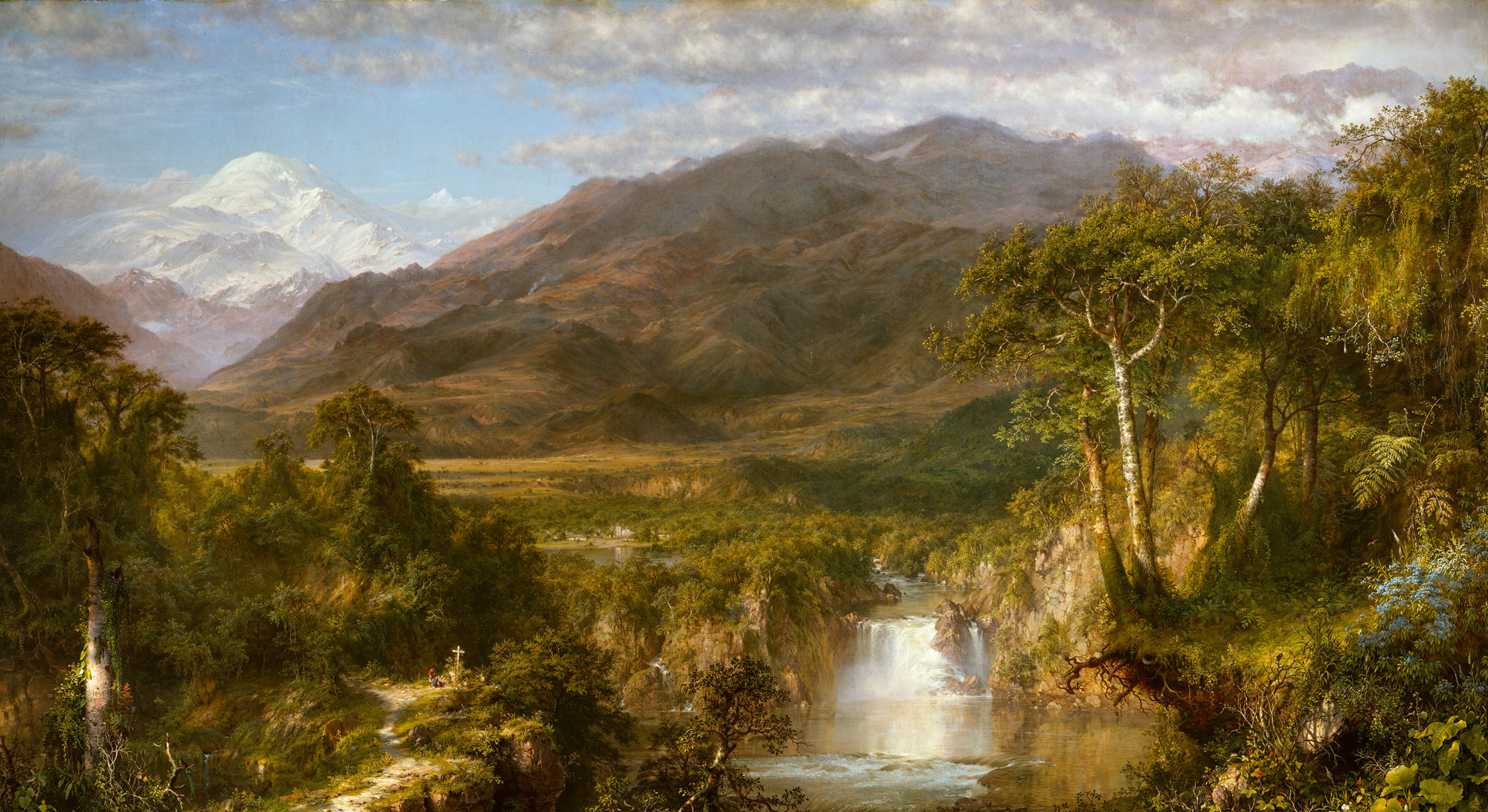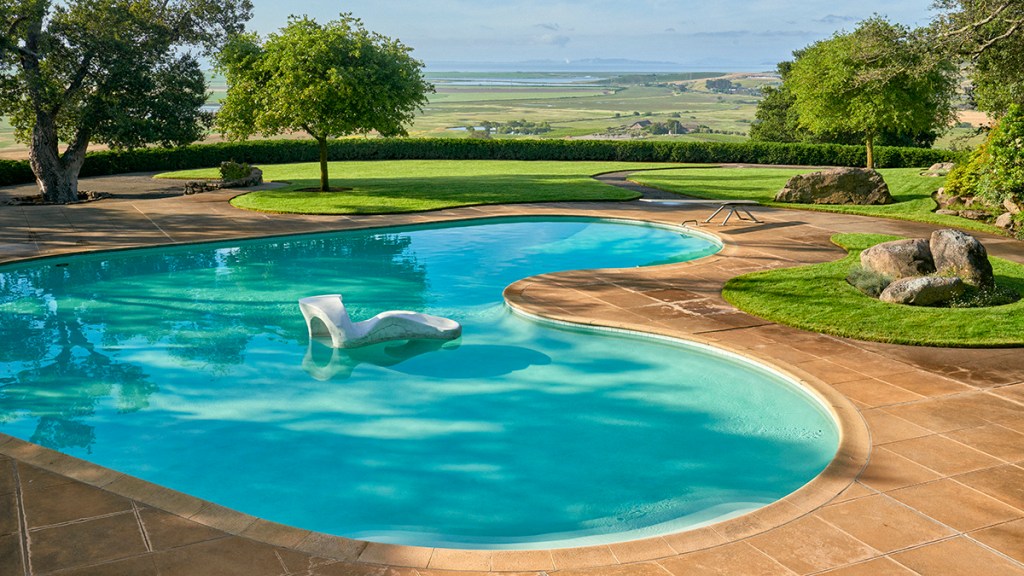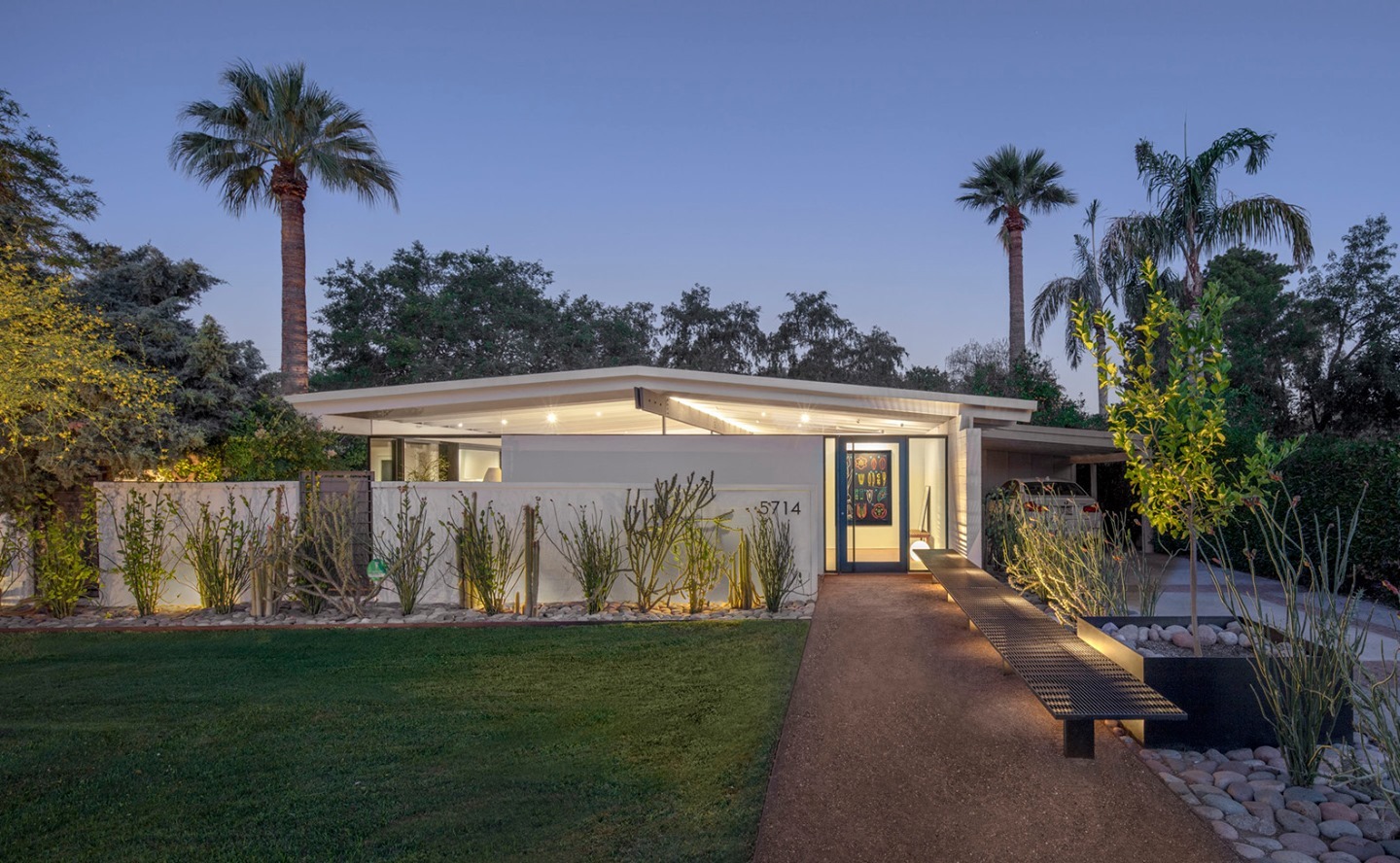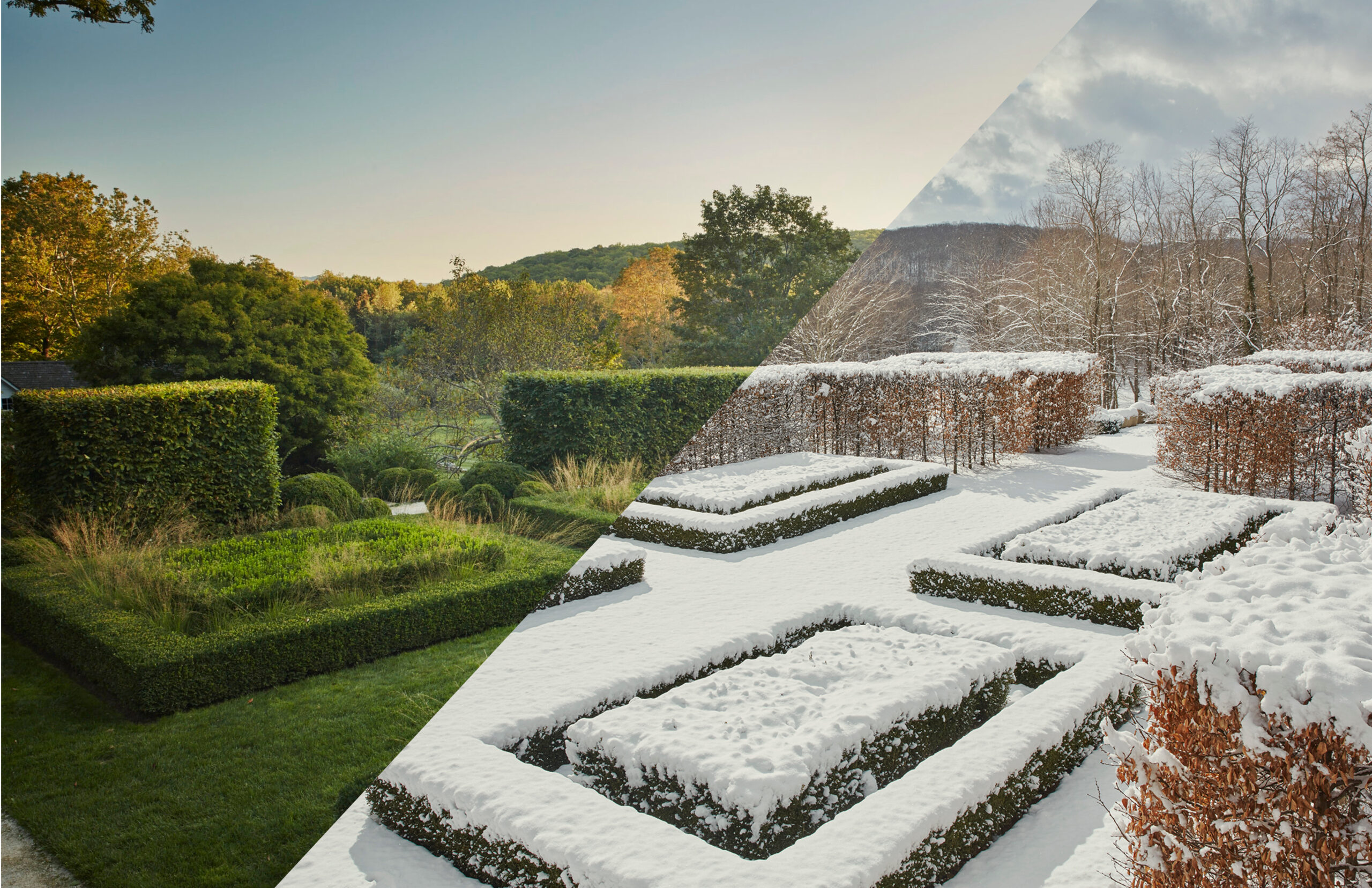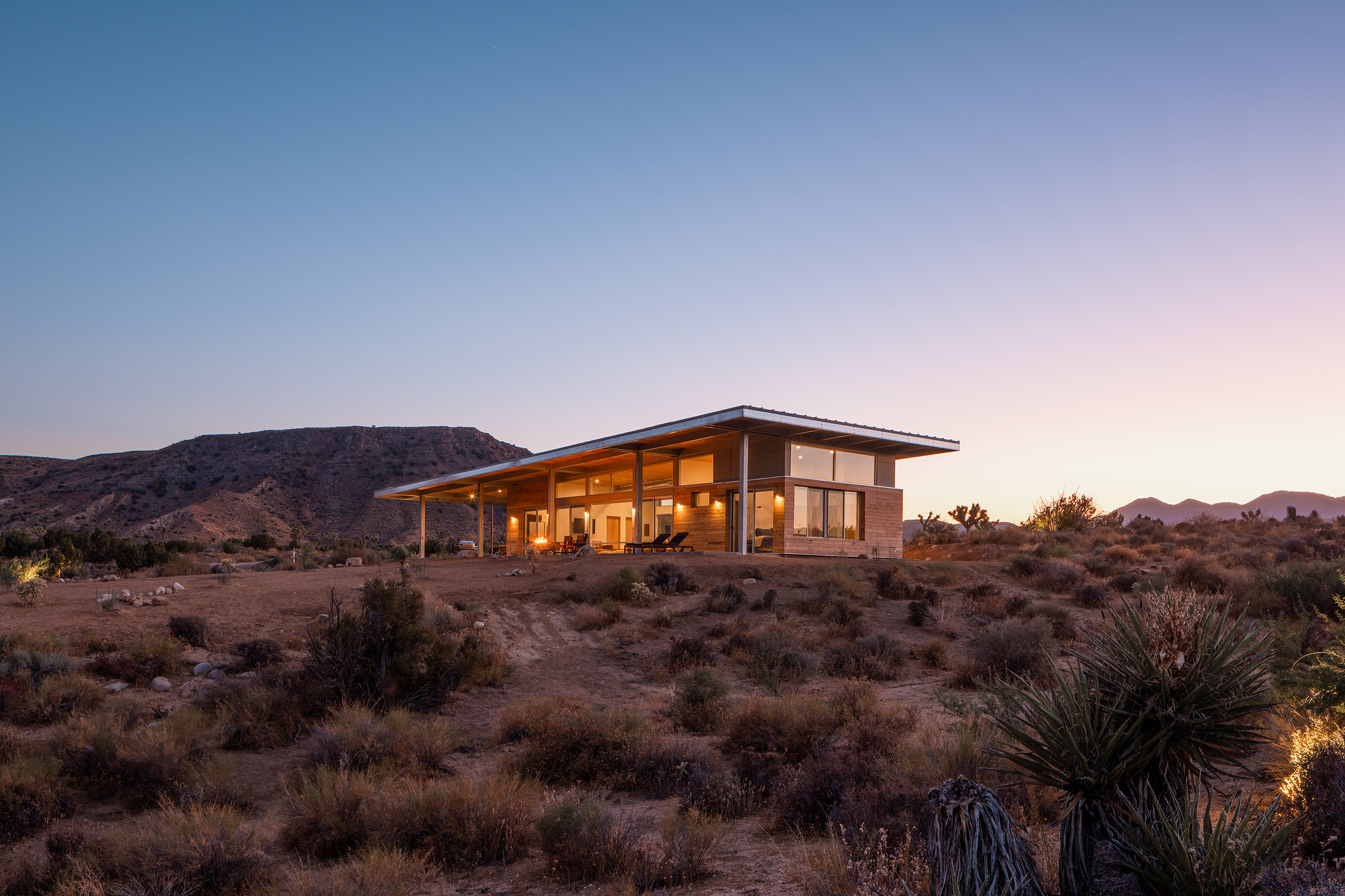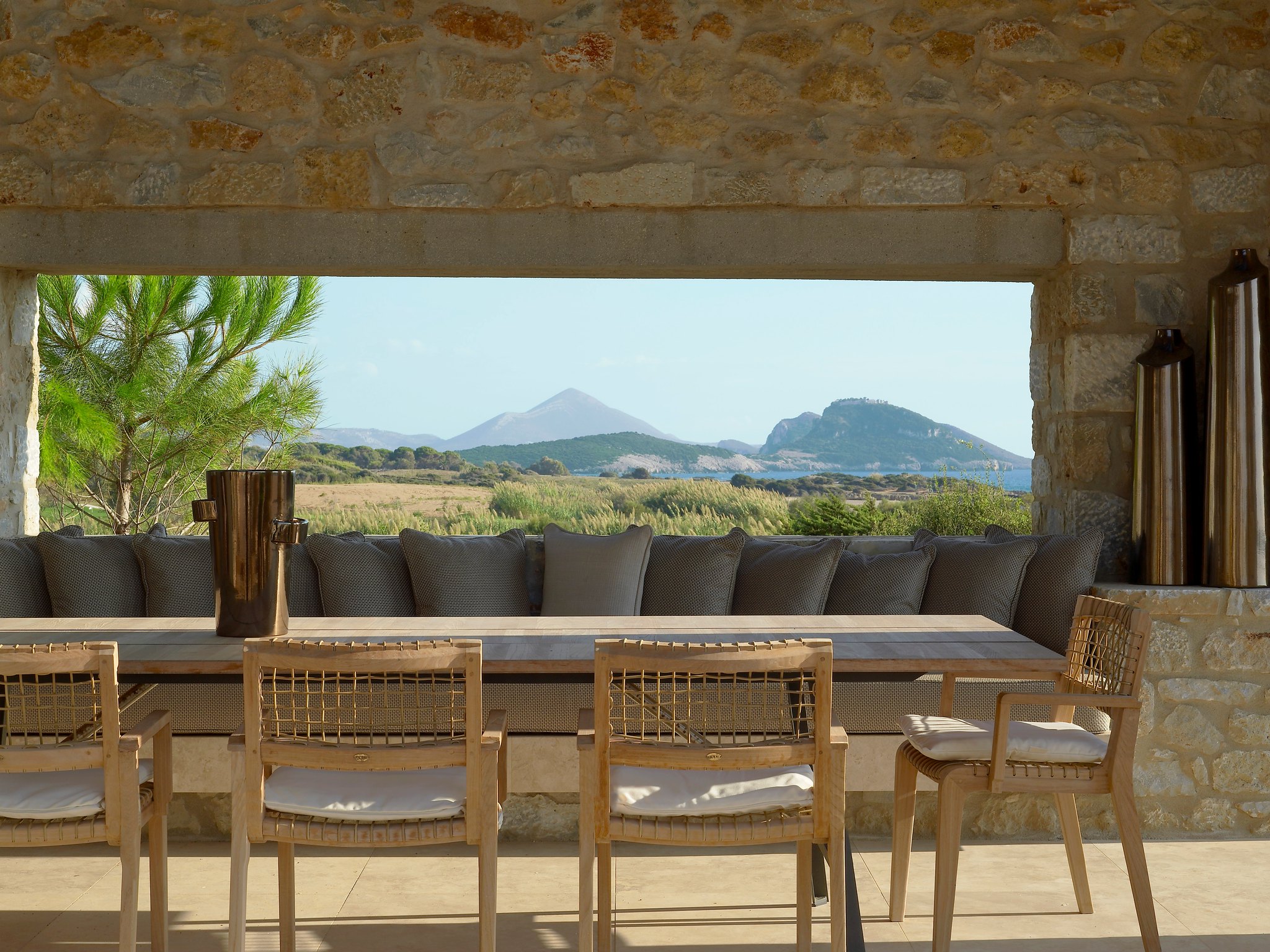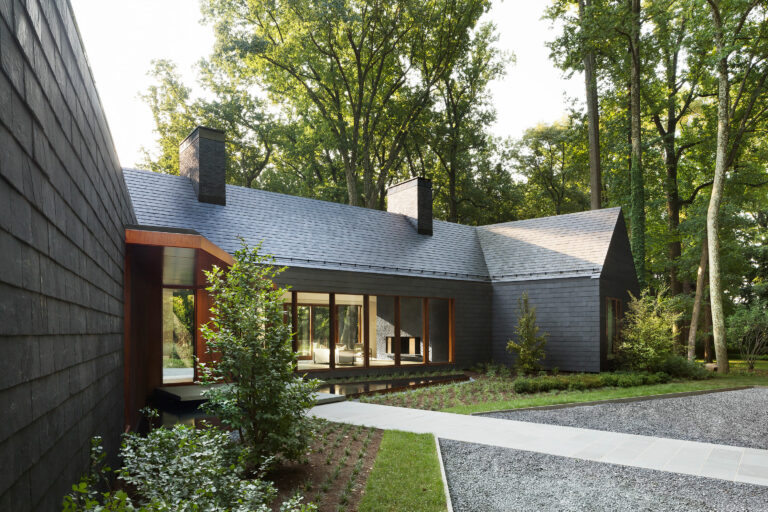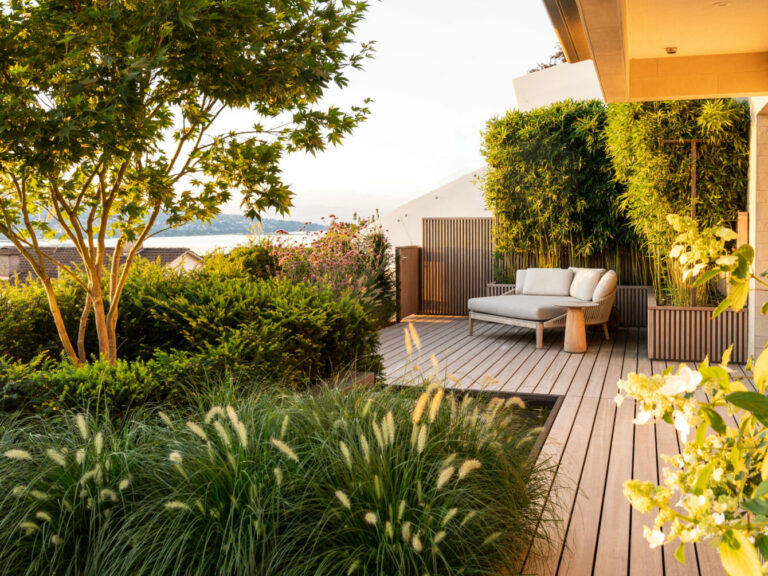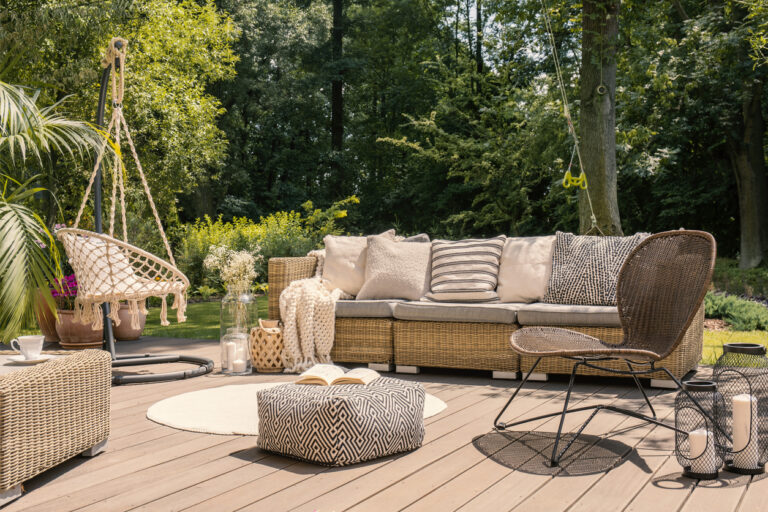A beautiful landscape offers a relaxing place for homeowners to unwind and entertain guests. Whether homeowners are a new retiree, remote worker or weekend warrior, a well-designed garden helps them slow down and enjoy nature.
What are the landscape trends of 2023 for homeowners?
Many are turning to fully landscaped lawns with no turf, others are searching for eco-friendly pollinator gardens, a growing trend that requires little maintenance and water, while others crave secluded areas, gazebos and living walls for privacy.
No Lawn
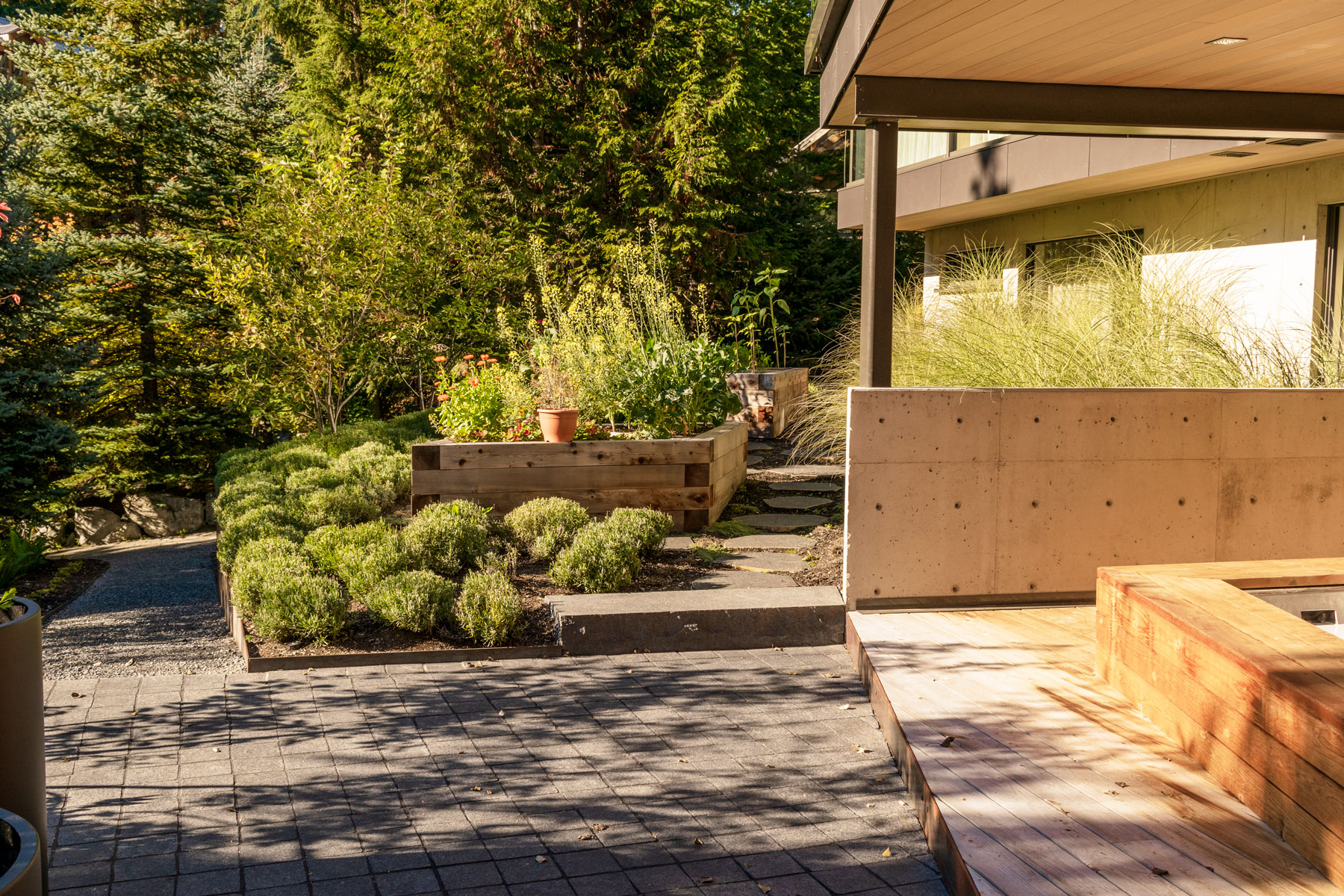
Lawns are a popular landscaping element, but they require a lot of maintenance and water. Mowing, weeding, fertilizing, and pest control all take a significant amount of time, energy and money.
Considering the current drought and other global issues, many homeowners are trending towards a proactive stance to reduce their impact on our environment. They’re swapping out grass for other ground cover plants that stay low to the ground, using alternative plant species that don’t need as much water or fertilizer, or re-wilding their yards with native and climate-adapted plantings.
If you’re tired of the hassle of maintaining your lawn, try replacing it with a beautiful garden that’s perfect for entertaining, relaxing and environmentally friendly.
Online Courses for Landscape Architecture Software
-
Sale!

Walker Edison GZAN4PCBRB Paje Lounge Sets, Brown
$ 1,085.00Original price was: $ 1,085.00.$ 674.00Current price is: $ 674.00. Learn More -

Roccbox Pizza Oven by Gozney | Portable Outdoor Oven | Gas Fired, Fire & Stone Outdoor Pizza Oven – New Olive Green
$ 499.00 Learn More -

Outdoor Solar Powered Floor Lamp 2 Piece Different Size Modern Outdoor Decor Lanterns with Edison Bulbs Waterproof Solar Light for Patio,Pool, Lawn, Porch, Garden
$ 89.99 Learn More -

Jaxx Juniper Outdoor Bean Bag Patio Chair, Navy Stripes
$ 169.99 Learn More
Native Planting Trends
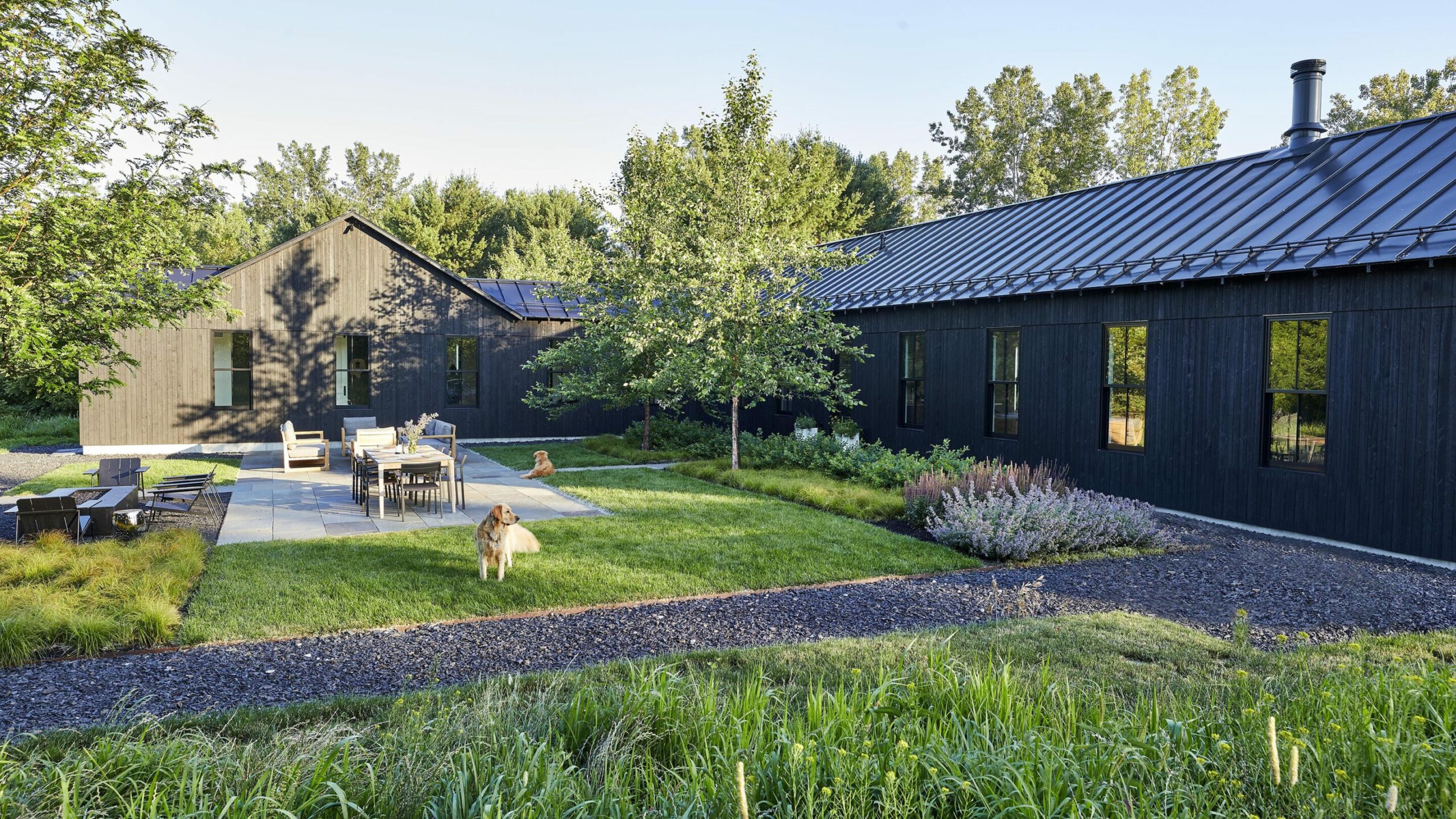
Native plantings are becoming a popular landscape garden trend for homeowners looking to reduce their water and pesticide use, conserve energy, and support local wildlife and ecosystem health. They’re also a great way to create beautiful, natural landscapes that don’t require as much maintenance as more exotic plants.
Homeowners can save money on water and fertilizers, as native plants thrive without supplemental irrigation. This is particularly important as more and more homeowners are being asked to conserve water for future generations.
Unlike non-natives, which are brought in from outside, natives are adapted to their environment, which means they can survive drought conditions. They also tend to grow deeper roots than their non-native counterparts, which can help them retain water for longer periods.
Click here to read about “Why Native Plants are Best for Landscapes”.
Related Articles
Living Wall Landscape Trend
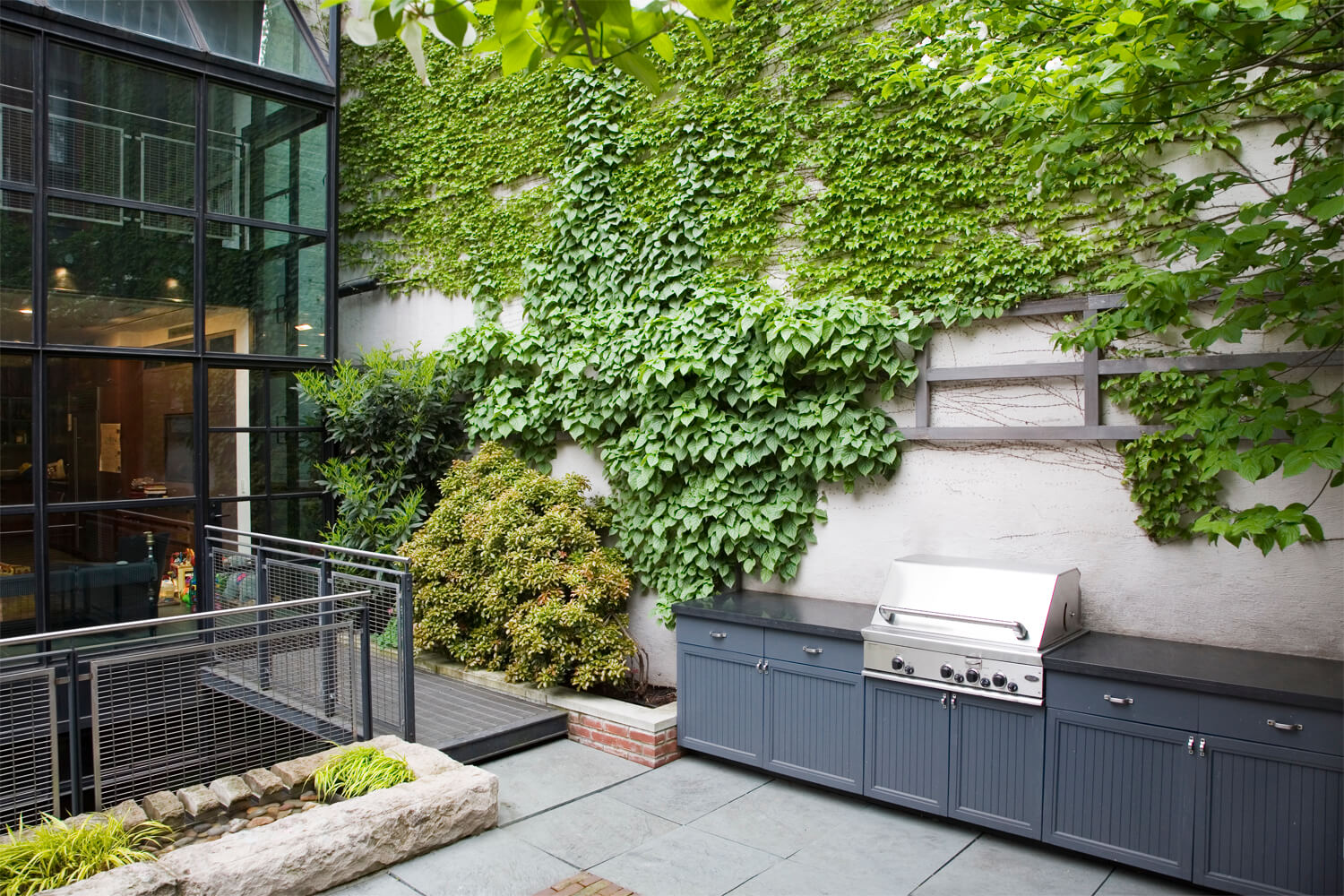
The benefits of a living wall are many, including softening modernist architecture and reducing the use of cement render or wood cladding. They also add a sense of movement to an otherwise static space.
Whether used as a focal point or as part of the design, a living wall landscape trend is an easy and effective way to create a unique outdoor landscape. They also offer a number of other environmental benefits.
For example, living walls help to cool the air by releasing water vapor that can be used for evapotranspiration and reduce heat loss in summer. In addition, they act as insulation against the transfer of heat from indoors to outdoors.
While it may be tempting to fill your living wall with just any old plant, a few simple tips will ensure that your wall looks great for years to come.
Choose plants that are suited to your environment, and be sure to group similar kinds of plants together. This will make your living wall more successful and easier to care for.
Online Courses for Landscape Architecture Software
-
Sale!

Walker Edison GZAN4PCBRB Paje Lounge Sets, Brown
$ 1,085.00Original price was: $ 1,085.00.$ 674.00Current price is: $ 674.00. Learn More -

Roccbox Pizza Oven by Gozney | Portable Outdoor Oven | Gas Fired, Fire & Stone Outdoor Pizza Oven – New Olive Green
$ 499.00 Learn More -

Outdoor Solar Powered Floor Lamp 2 Piece Different Size Modern Outdoor Decor Lanterns with Edison Bulbs Waterproof Solar Light for Patio,Pool, Lawn, Porch, Garden
$ 89.99 Learn More -

Jaxx Juniper Outdoor Bean Bag Patio Chair, Navy Stripes
$ 169.99 Learn More
Greenhouses
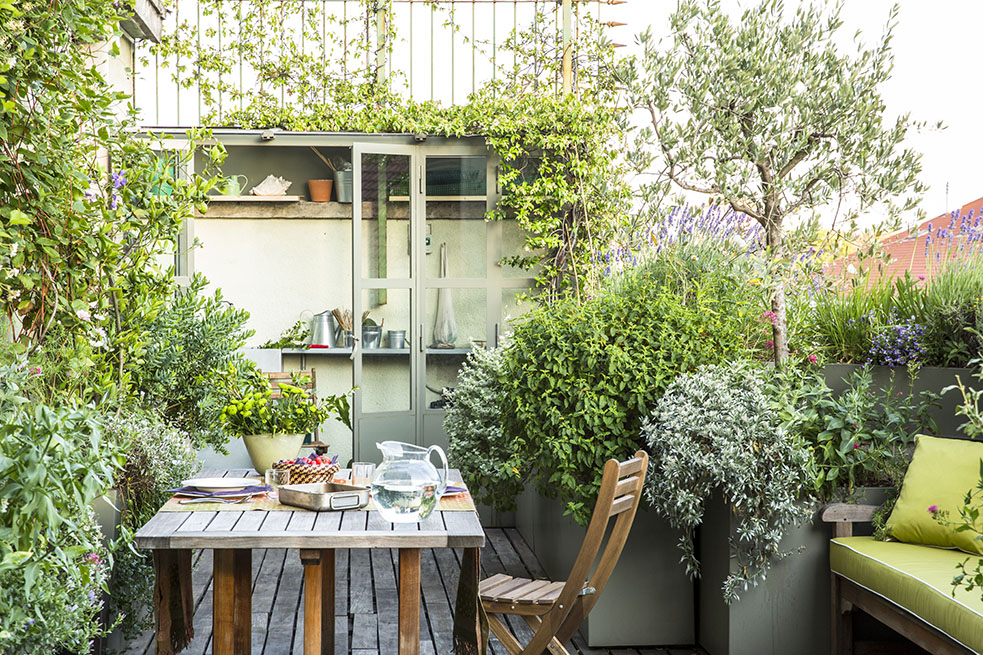
Greenhouses are one of the most striking aspects of a garden while also topping the list for 2023 landscape design trends. They add value to a home, making it more desirable. They also give homeowners a place to grow exotic flowers and edible plants.
The type of greenhouse you choose will depend on the size, budget and climate. Some types of greenhouses maximize light, while others offer shade for plants that are sensitive to full sun or high temperatures.
Typically, gable-style structures work well for small and medium-sized greenhouses. These can be attached to a porch or veranda, and they can be easily adjusted in size to accommodate a variety of crops.
Another option is an A-frame. These roofs extend all the way to the ground, and they are easier to build than gable-style greenhouses.
A-frames are often used for storage, rather than growing, because they can’t accommodate as much space as gable-style structures.
As with any structure, greenhouses should be insulated to prevent cold drafts and heat loss. Materials with high heat conductivity, such as glass, are ideal for greenhouses.
Edible Gardens
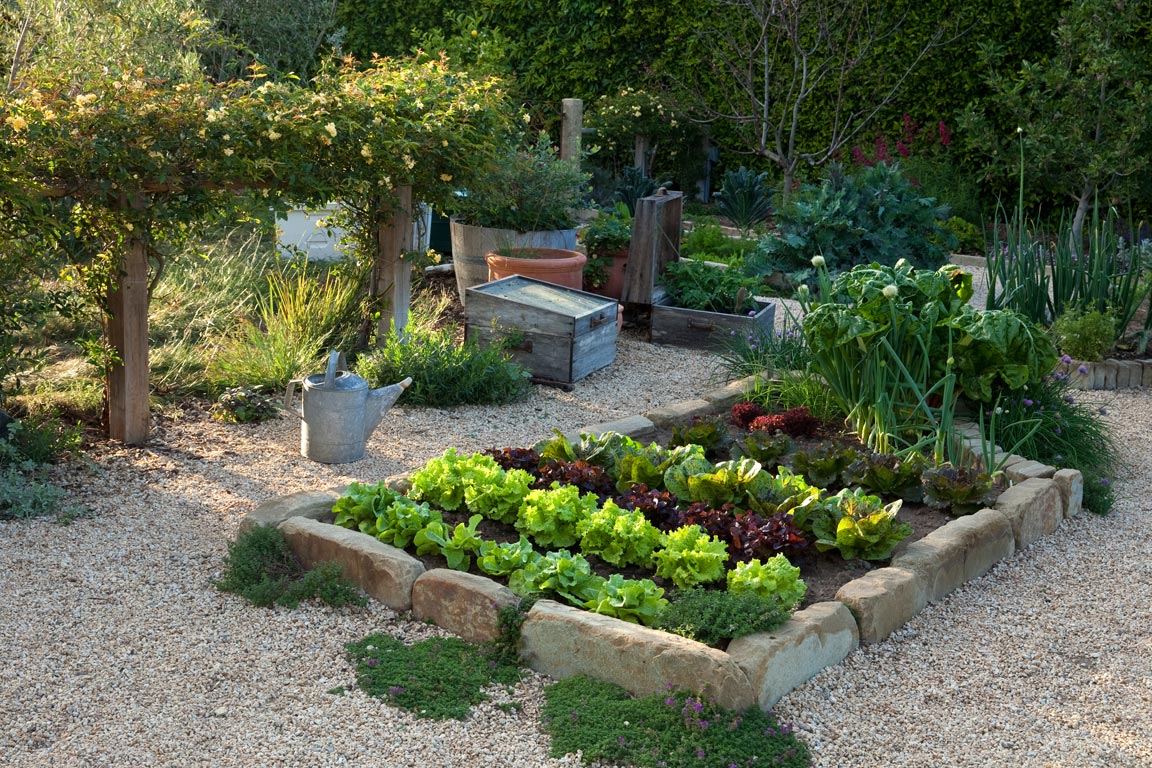
Homeowners are not only craving beautiful landscapes, they are also craving edible gardens. The new landscape garden trend called “foodscaping” combines flowers, herbs, and vegetables into an aesthetic and functional garden.
Until recently, the landscaping around homes and buildings in North America was mostly considered decorative. With the emergence of millennials and their taste for nature, this type of landscaping has become increasingly popular among property owners.
Edible plants have a variety of forms, textures and colors, so they can be integrated into many landscapes. The most common varieties are trees, shrubs, vines, perennials and annuals.
In addition to being aesthetically pleasing, fruits, vegetables and herbaceous plants provide nutrition for people and wildlife. They can also contribute to the health and beauty of a landscape by providing flowers, scents, nectar and pollen.
Fruit trees and bushes such as apples, cherries, peaches, apricots and plums can also serve as the backbone of an edible landscape by forming a framework for other edible plants to be placed on top. For example, a row of apple trees planted next to a garden shed could form a lovely entrance.
Edible flowers such as nasturtium, bee balm and anise hyssop are also beautiful additions to an edible landscape. Their peppery, onion-flavored flowers can be used in salads and sandwiches.
